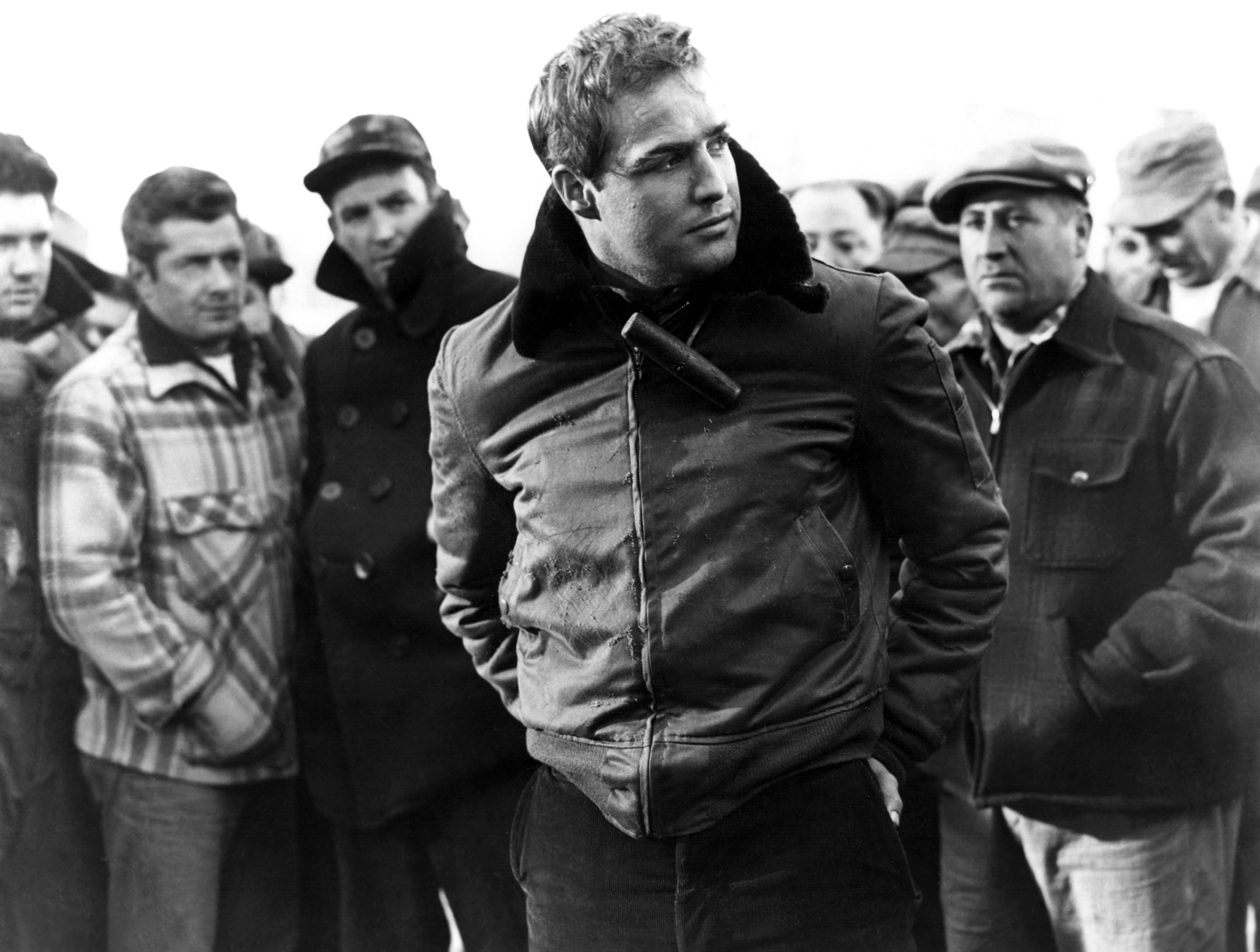When Erin Gruwell jettisoned her entire curriculum and replaced it with creative new teaching techniques, she inspired her students to start journaling about their lives, which became the best-selling “Freedom Writers Diaries.”
Adapted from The Art of Doing: How Superachievers Do What They Do and How They Do It So Well by Camille Sweeney and Josh Gosfield. Copyright 2013 by Camille Sweeney and Josh Gosfield.
Along with education advocates Geoffrey Canada and Ken Robinson, Erin Gruwell and her teaching foundation, The Freedom Writers, are at the forefront of some of the most visionary thinking about education.
But Gruwell’s success began with a crushing failure.
In the mid-1990s as an idealistic young teaching novice, Gruwell stepped into Room 203 at Wilson High School in Long Beach, California, with dreams of teaching her at-risk students Homer’s Odyssey and Shakespeare’s sonnets. Her students, whose lives were plagued by poverty and violence, could not have cared less. “On my first day, in my pearls and polka dot dress, I thought I was going to change the world. But I didn’t have a clue,” said Gruwell. “My students checked their pagers, reapplied their eyeliner, and laid down their heads on their desks and took naps. I dodged a paper airplane made out of my syllabus and tried to make myself heard over the ‘Yo, Mama’ jokes.” As the bell rang, she heard one student say, “I give her five days.”
It couldn’t have gone any worse, until it did. But instead of accepting a fate as a disrespected, ineffective teacher, Gruwell had a failure-inspired epiphany. Continue reading “What a High School Teacher Who Turned Her Students into Best-Selling Authors Teaches Us About Innovation”










